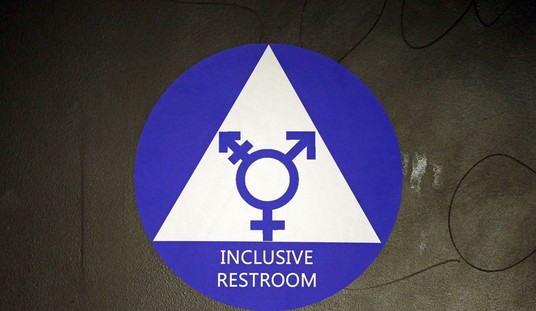The New York City Fire Department says that a fire on the 20th floor of a Manhattan apartment building was caused by a lithium-ion battery connected to a micromobility device. Thirty-eight people were injured, including two critically.
“The lithium-ion battery adds a different degree, when we talk about the fire dynamics of it,” FDNY Deputy Assistant Chief Frank Leeb said at the briefing. “These rooms flash over in just a mere matter of seconds.”
Are lithium-ion batteries as safe as they could be? We’re going to see a veritable explosion of lithium-ion batteries over the next decade and while they are generally safe, the larger batteries in autos and “micromobility devices” pose a risk that most consumers may be unaware of.
Dr. Amer Magrabi, principal fire engineer at Lote Consulting, told Cosmos, “It’s an emerging risk, we’re still coming to grips with it. It’s very different from any other battery system we have,” he said.
Related: West Coast, Messed Coast™: ‘Is That Your Battery on Fire or Are You Just Glad to See Me?’ Edition
The problem is that lithium-ion fires burn extremely hot and are virtually impervious to conventional firefighting methods that use water or foam. In fact, lithium reacts very badly to water, which is really a problem if firefighters are attacking a fire for which they don’t know the cause.
“I think I’m more worried about domestic batteries and stuff you buy off the internet because there’s actually no standards,” says Magrabi.
“I can just go on the internet and buy an electric scooter, or similar. And then I could charge it at home. But my charging system at home is probably not as sophisticated as what’s required to pick up if things go wrong.”
Charging is often where the highest risk lies for spontaneous combustion. In Magrabi’s opinion, these light electric vehicles and similarly-sized batteries need more attention from authorities.
“That needs a bit more regulation.”
At present, the best course of action, which is followed by most fire departments, is to let the battery burn itself out and limit secondary fires. Perhaps the manufacturers should have figured out how to put out the fires from these batteries before selling them to people.
Fires may be very rare, but Chief Fire Marshall Daniel Flynn says this is almost the 200th fire caused by a lithium-ion battery from a micromobility device just this year in New York City.
“This particular apartment, we believe the occupant was repairing bikes in the building, and the fire was right behind the front door,” he said. “We recovered at least five bikes from this apartment.”
Fire officials emphasized the rising cause of fires from e-bikes and encouraged residents not to charge them overnight or to use batteries damaged in any way.
“These fires, they come without warning, and when they do go on fire, they’re so intense that any combustibles in the area will catch fire,” said Flynn. “So we’ve seen secondary fires.”
The more devices that are powered by this battery system, the more fires there are going to be. We better figure out a way to either make these batteries a lot safer or develop the technology that will allow us to extinguish the fires they set.










Join the conversation as a VIP Member